Stroke care at home
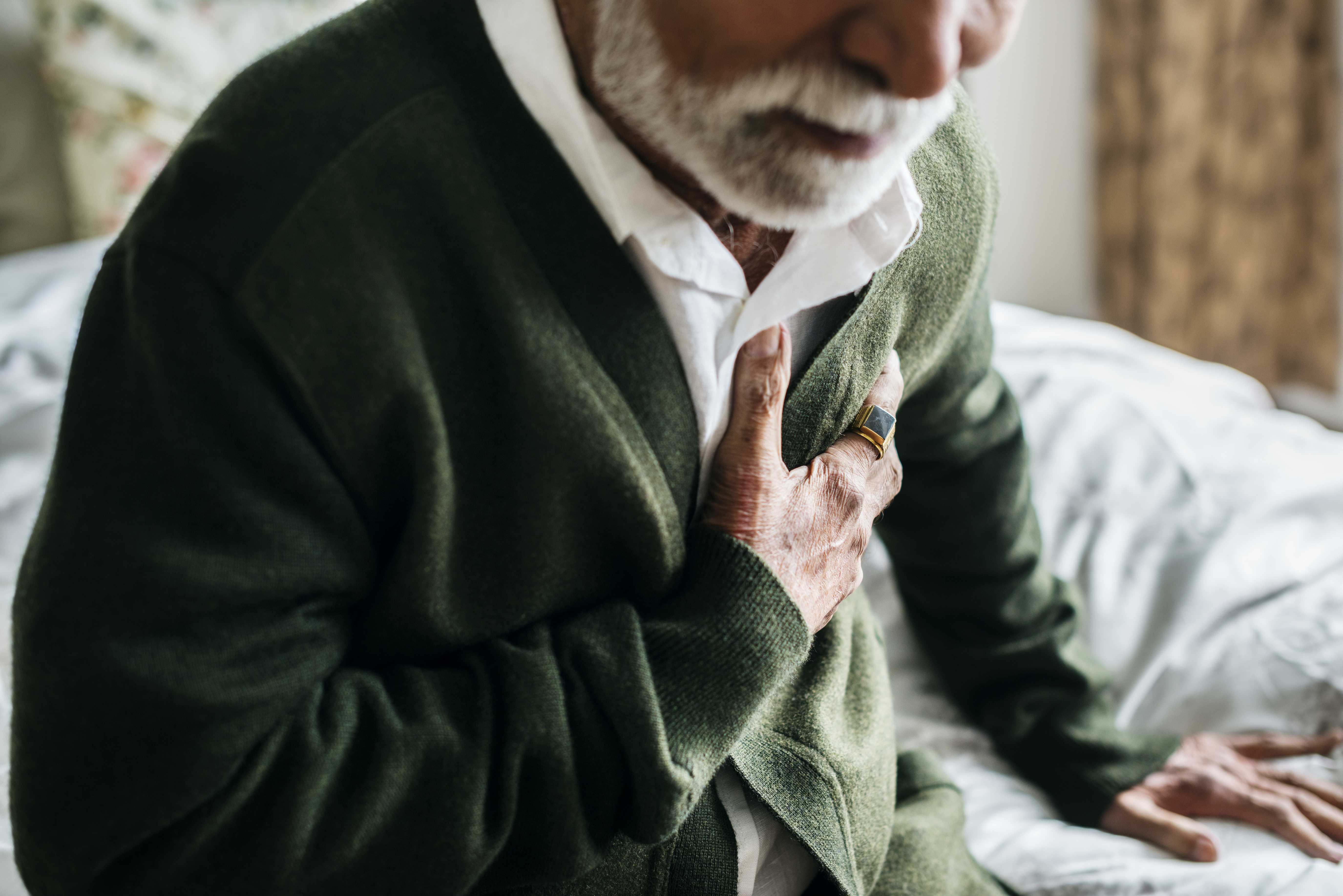
Recovering from a stroke is different for everyone.
It can be hard to watch a loved one experience the effects of a stroke and rehabilitation can be both lengthy and unpredictable. However, effective rehabilitation and care is key to ensuring the best possible quality of life.
At Edyn we know first hand the power of receiving the right care at home can have a positive impact on a person’s rehabilitation and quality of life. Thanks to ongoing research, live-in care techniques and assistive technology, it is possible to live well with stroke, and remain at home. We understand that everyone’s journey is different and that some people will need a long period of rehabilitation before they can recover their independence, while many never fully recover and need ongoing support after their stroke.
What is a Stroke?
A stroke is when the blood supply to part of the brain is cut off.



There are an estimated 100,000 strokes per year in the UK. All strokes are different.
As we age, our arteries become harder and narrower and more likely to become blocked. However, certain medical conditions and lifestyle factors can speed up this process and increase your risk of having a stroke. The sooner a person receives treatment for a stroke, the less damage is likely to happen. For some people the effects may be relatively minor and may not last long. Others may be left with serious problems that make them require long-term support.
There are three different types of stroke:
Ischaemic stroke
- This is caused by a blockage cutting off the blood supply to the brain and is the most common type of stroke
- This type of stroke accounts for around 85% of all strokes in the UK
- The risk of ischaemic stroke increases as your loved on ages because arteries often become narrower over time
- High blood pressure, high cholesterol, obesity and diabetes can all increase the risk of an ischaemic stroke
Hemorrhagic stroke
- This is caused by bleeding in or around the brain. This type of stroke occurs when a blood vessel bursts inside the brain. These burst blood vessels are usually caused by high blood pressure.
- They make up about 15% of stroke cases.
- Tends to affect younger people is most common in period ages between 45 and 70.
Transient ischaemic attack or TIA
- A TIA is also referred to as a mini stroke. It results from a temporary disruption in the blood flow to the brain.
- The symptoms only last for a short amount of time. This is because it is only a temporary blockage to the blood getting to the brain.
- It is often a precursor to a full-blown stroke and should never be ignored.
Symptoms
During a stroke, the lack of blood flow starves the brain of oxygen. The lack of oxygen and nutrients kills brain cells and can have a range of serious implications.
The main symptoms of stroke can be remembered with the word FAST
Face:
the face may have dropped on 1 side, the person may not be able to smile, or their mouth or eye may have dropped
Arms:
the person with suspected stroke may not be able to lift both arms and keep them there because of weakness or numbness in 1 arm.
Speech:
their speech may be slurred or garbled, or the person may not be able to talk at all despite appearing to be awake; they may also have problems understanding what you’re saying to them.
Time:
it’s time to dial 999 immediately if you see any of these signs or symptoms.
Stroke facts and stats
almost two thirds
of stroke survivors leave hospital with a disability
there are
1.2 million
stroke survivors in the UK
someone has a stroke every
five minutes
Black people are
twice as likely
to have a stroke compared to white people
There are more than
100,000
strokes in the UK each year
Each year, in England the NHS and social care costs of stroke are around
£1.7 billion
Stroke live-in care
We understand that with patience, trust and genuine care, we can help those have experienced a stroke maintain a high quality of life and live comfortably in their own home.
Ensuring your home is safe for stroke rehabilitation
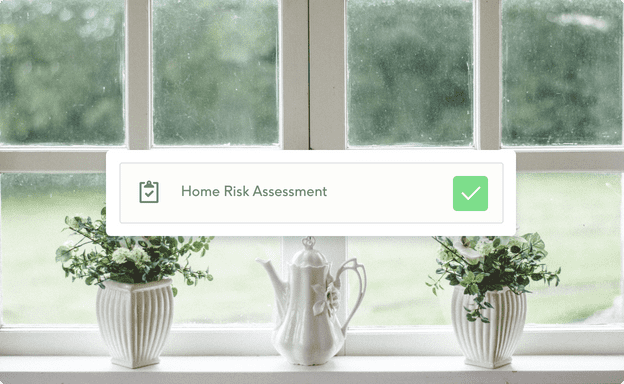
Ensuring your home is safe for stroke rehabilitation
When considering live-in care it’s important to ensure that the home of the care recipient is safe and secure. Does it compensate for any difficulties they are experiencing? Does it keep them safe? Does it support their mobility?
At Edyn as part of our approach we complete a home risk assessment for all of our clients. Our care managers ensure that your home is the best possible setting for care. Small changes can make big differences.
Top stroke care tip:
Ensuring mobility areas are safe with adequate space and having a dedicated area for medication with a well defined medication schedule are both crucial.
Professional carers trained specifically for stroke recovery:
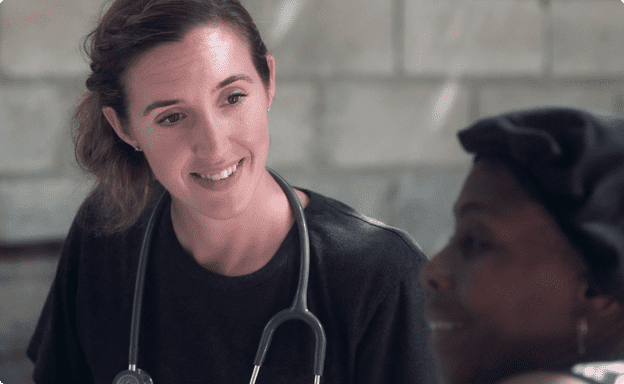
Professional carers trained specifically for stroke recovery:
Our professional care teams receive on-going training, mentoring and support based on the latest thinking and research that ensure they have the skills to deliver positive stroke rehabilitation. This includes:
Why choose live-in care with Edyn
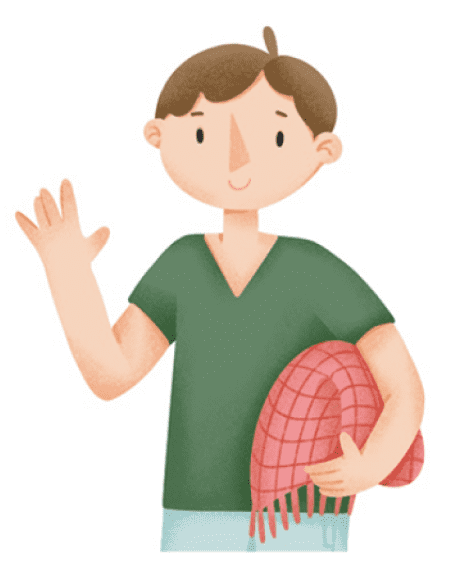
First class professional carers
Each one of our carers is trained in house by our care support team.

Support teams to manage your care.
Our dedicated care specialists will handle the progression of your care.

Technology to keep everyone updated
Stay informed and up to date with our smart online portal.
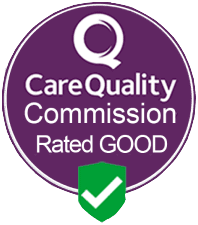
Edyn Care is approved and regulated by the Care Quality commission


